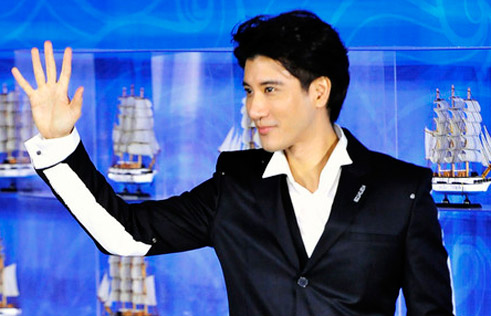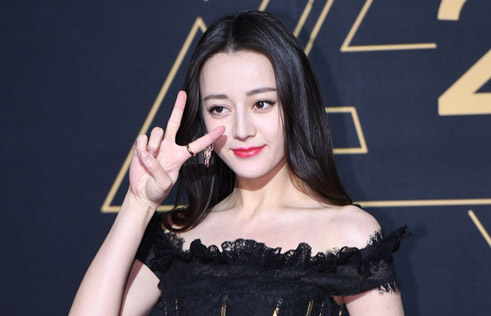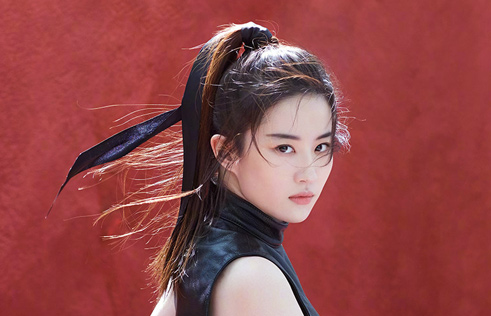Strictly ballroom
By Zhang Kun ( China Daily ) Updated: 2017-06-03 09:33:47The dancing economy
You can find a wide range of dance styles being performed in public areas in downtown Shanghai. For example, people dancing to ballroom styles such as the waltz and the cha-cha can be found at the crossing between Xiangyang Road and Huaihai Road, while a simpler marching-style dance is performed almost every evening in Xujiahui Park.
The dancers are predominantly middle-aged and elderly women who have redefined the meaning of square dancing, which originated in 16th century England and refers to a dance comprising eight dancers in a square. In China, square dancing generally means dancing as a means of exercise and is often accompanied by music played on a loudspeaker.
China Central Television's finance channel says more than 100 million people in the country have taken up dancing as an exercise. This phenomenon has in turn been a boon to consumption.
Yang Renwen, an analyst with Founder Securities, estimated that people in China have spent more than 50 billion yuan ($7.25 billion) on dancing-related products and activities.
Tapping in the phrase square dance on China's largest e-commerce site Taobao.com generates more than 100 pages of search results. A typical bodysuit complete with a flare skirt is priced at about 60 yuan. According to the sales figures displayed on the site, the outfit sells by the thousands every month.
The best-selling portable loudspeaker on Taobao has garnered more than 19,000 reviews. The 30 centimeter hi-fi amplifier is priced between 279 yuan and 579 yuan. The higher-end versions include accessories such as a wireless headset with microphones that allow the user to issue dance instructions.
|
|
|
|
|
|
|
|







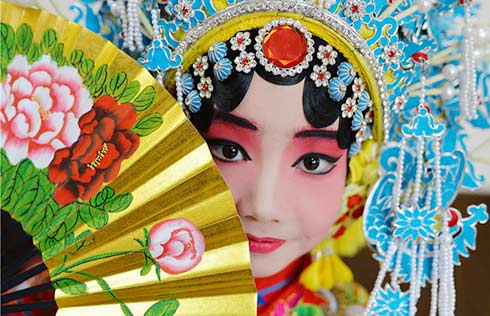



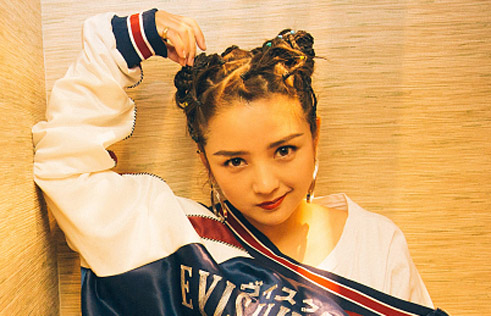




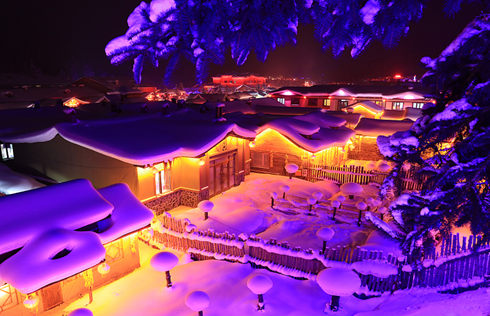
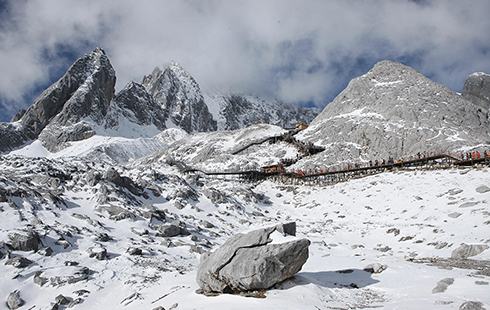


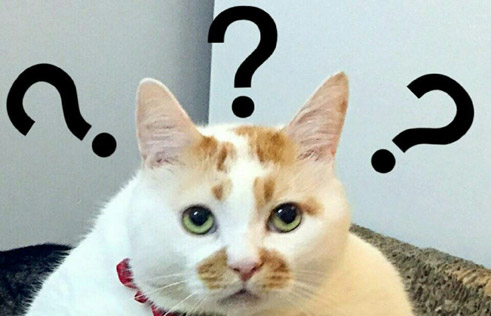
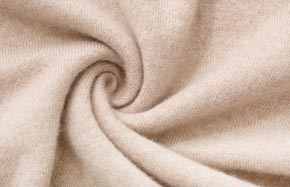



 Raymond Zhou:
Raymond Zhou: Pauline D Loh:
Pauline D Loh: Hot Pot
Hot Pot Eco China
Eco China China Dream
China Dream China Face
China Face
